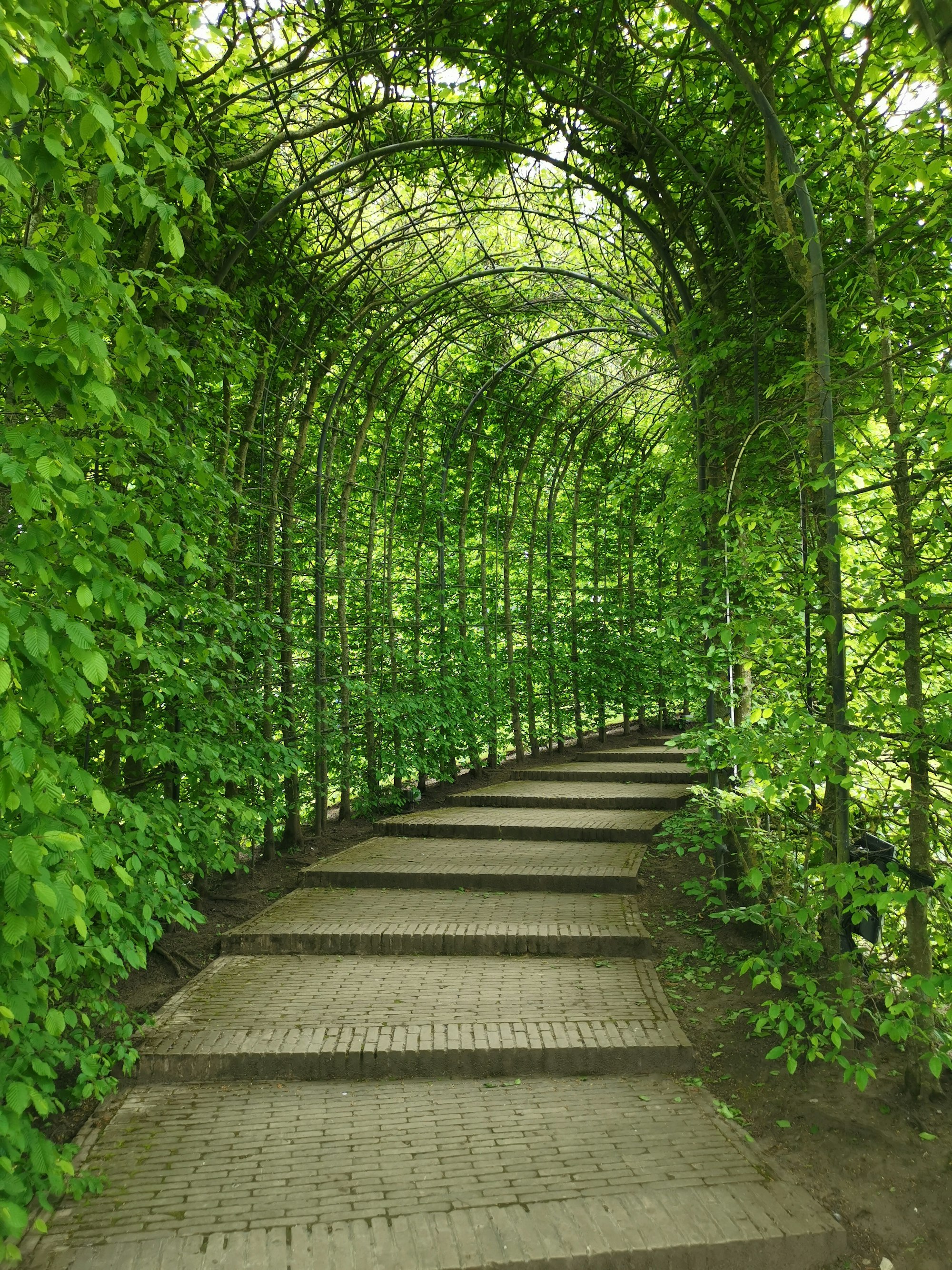The Hanging Gardens of Babylon

TL;DR
The Hanging Gardens of Babylon are considered one of the Seven Wonders of the Ancient World. They were a series of tiered gardens built in what is now modern-day Iraq. The gardens were constructed by King Nebuchadnezzar II around 600 BC to please his wife Amytis, who missed the lush landscape of her homeland. Unfortunately, there is little archaeological evidence of the gardens, and their exact location remains a mystery.
Five Minute Fill
The Hanging Gardens of Babylon are one of the most mysterious wonders of the ancient world. They are described by ancient Greek and Roman writers as a series of tiered gardens set atop a massive brick structure, containing a variety of trees, plants, and flowers. They were considered an engineering marvel and a testament to human ingenuity.
The exact location of the gardens remains a mystery to this day. It is believed that they were located in what is now modern-day Iraq, near the city of Babylon. Some historians have suggested that the gardens may have been located within the royal palace complex itself, while others believe they were built on the banks of the Euphrates River.
The gardens are said to have been built around 600 BC by King Nebuchadnezzar II, who ruled the Babylonian Empire from 604-562 BC. According to legend, the king built the gardens to please his wife, Amytis, who had grown homesick for the lush landscape of her homeland in Media (modern-day Iran).
Despite their fame and grandeur, there is surprisingly little archaeological evidence of the gardens. No physical remains have ever been discovered, and much of what we know comes from ancient texts and descriptions. Some historians have even suggested that the gardens may have been a mythical creation, rather than a real physical structure.
There is still much debate among historians about the construction and design of the Hanging Gardens. According to ancient writers, the structure was made of large, baked brick walls, with layers of bitumen (a kind of asphalt) to waterproof the walls. The gardens themselves were said to be irrigated via a complex system of canals and aqueducts, allowing for the growth of a wide variety of plant life.
Despite the lack of physical evidence, the Hanging Gardens remain a testament to the creativity and ingenuity of the ancient world. They continue to capture the imaginations of people around the world, and are a testament to the enduring power of human creativity and imagination.
